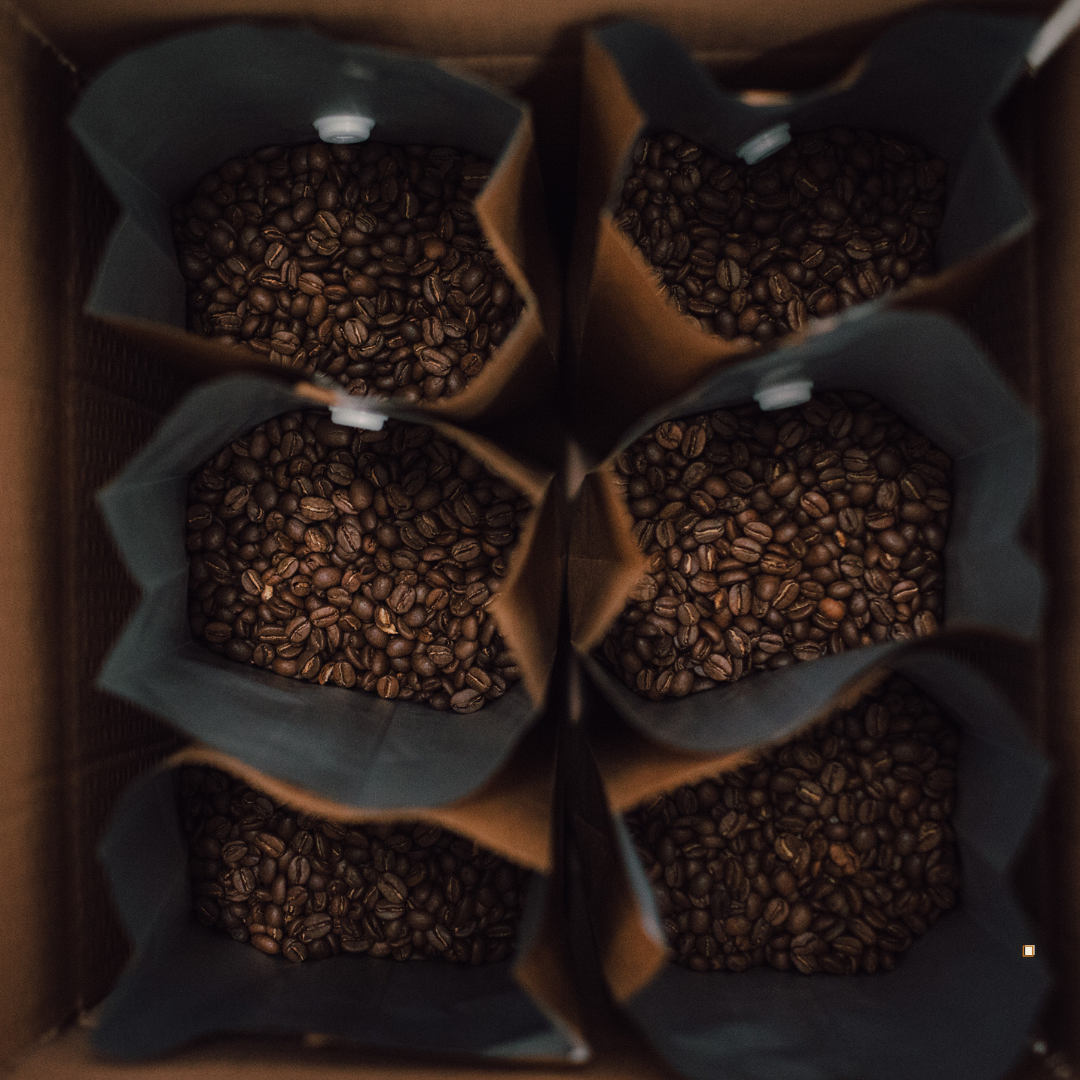
Why Peruvian Coffee Is Known for Its Clean, Mild Flavor
For many home coffee brewers who appreciate beans from the Americas, Peruvian coffee stands out for its delicate balance of sweetness and acidity. Whether you’re sipping it at sunrise or serving it to guests for a midday pick-me-up, this origin offers a polished, refined cup that’s both comforting and intriguing. From lush mountain landscapes to meticulous harvesting methods, the path these beans take from farm to cup reveals much about why they taste so pleasantly mild.
High-Altitude Magic
When it comes to exploring the bright flavors of Peruvian coffee, altitude plays a starring role. Many of the country’s coffee farms sit at elevations ranging from 1,200 to 2,000 meters above sea level, where cooler air slows the maturation of the coffee cherries. This leisurely ripening process gives beans more time to develop nuanced sugars, resulting in a sweet foundation that balances the coffee’s subtle acidity. The mountainous terrain also exposes plants to varying microclimates, allowing each farm to cultivate beans with unique personalities—be they notes of citrus, floral whispers, or gentle cocoa undertones.
Volcanic soils in certain regions contribute additional nutrients, aiding root development and overall plant health. The more vibrant the coffee trees, the more potential the cherries have for yielding top-quality beans. In many parts of Peru, smallholders work on family plots, carefully tending to each tree to ensure consistent growth. By the time these beans reach roasters abroad, their high-altitude lineage sets them apart, giving you a light yet satisfying flavor profile that’s especially appealing in drip or pour-over methods.
Meticulous Processing for a Crisp Profile
When discussing Peruvian coffee, the bean’s post-harvest journey is equally crucial to maintaining its signature mildness. Most producers employ washing or fully washed methods, wherein the outer fruit skin and mucilage are removed before fermentation. This technique highlights a coffee’s inherent clarity, allowing fruity or floral nuances to shine without interference from overripe or fermented flavors. Some farms also experiment with honey or natural processes, which can add extra sweetness or texture, though these methods are less widespread.
Regardless of the specific approach, care is paramount. Farmers often pick cherries by hand, selecting only those at peak ripeness. They then depulp, ferment, and wash the beans before setting them out to dry on raised beds or patios. Drying can take several days, sometimes even weeks, to reach the ideal moisture content. By adhering to these measured steps, growers ensure that each bean preserves the gentle acidity and pleasant sweetness that define Peruvian cups. Even after drying, the beans rest for a while—commonly called “curing”—to stabilize flavors, so they don’t lose their mild charm during shipping or storage.
Gentle Acidity and Mild Sweetness
Ultimately, what makes Peruvian coffee distinctive is its softly balanced acidity that never veers into harsh or sour territory. Many beans from other parts of South or Central America can feature more pronounced tanginess or heavier chocolate notes, but those from Peru usually lean more toward delicacy. This gentle profile often reveals a smoother mouthfeel that newcomers find approachable yet still layered enough for seasoned palates.
Tasting notes might include mild citrus hints, caramel sweetness, or a lightly nutty backbone. Some roasters mention subtle herbal or tea-like qualities, especially if they keep the roast level on the lighter side. Meanwhile, a medium roast can emphasize mellow cocoa undertones, rounding out the coffee’s sweetness without overshadowing its inherent softness. For brewers at home, these attributes make the beans a versatile base for experimenting with everything from drip coffee to espresso—regardless of your preferred equipment.
A Cultural Tradition Rooted in Sustainability
Behind the mild flavor lies a deep cultural connection to coffee cultivation in Peru’s mountainous communities. Small-scale farmers often work in cooperatives, sharing resources and knowledge to ensure everyone produces quality beans. Many of these cooperatives employ organic or eco-friendly methods, not only for environmental reasons but also to protect the integrity of the land they depend on. Emphasizing sustainability aligns well with the mild, inviting nature of the final cup, underscoring a respect for balance between humans and the environment.
Coffee stands as a major economic driver for Peru, and its success encourages ongoing investment in agricultural research, training, and technology. Efforts to refine harvesting, processing, and export logistics continue to elevate the country’s reputation on the global stage. As home brewers become more curious about traceability and ethical sourcing, Peruvian beans gain further appeal for the story behind them—a story of family farms, mountainous vistas, and careful stewardship of the soil.
Best Brewing Methods to Highlight Mildness
How you brew this origin matters. Because these beans are naturally well-balanced, a medium grind in a standard drip machine or pour-over device often accentuates their clean and mellow qualities. If you’re aiming to highlight any fruity or floral hints, consider a slightly lighter roast brewed with methods like Chemex or V60, which allow for precise water flow and extraction. Conversely, a medium-dark roast can be just right for espresso lovers who still want some sweetness in their shot, minus the overpowering bitterness.
For those who love adding milk or sweeteners, the coffee’s mild flavor won't clash or become overshadowed, making it an ideal morning latte base. If you’re an adventurous barista at home, you might experiment with different water-to-coffee ratios, playing with how each variable influences acidity and body. Given the approachable nature of these beans, you’ll find they adapt well, whether you stick to a classic brew or push the envelope with unconventional methods like cold brew or Aeropress.
Enjoying Regional Variations
Not all coffee from Peru tastes the same—microclimates and local practices mean even mildness can manifest differently across various provinces. Some beans might lean a bit fruitier, others a tad nuttier, but they all generally share that characteristic cleanliness on the palate. If you enjoy the concept of tasting distinct terroirs, exploring multiple cooperatives or regions within Peru can be as exciting as sampling entirely different origins.
Keeping an eye on roaster profiles or cupping notes can guide your selection process. This can be especially helpful if you’re searching for a certain flavor accent, like subtle lemon or a gentle chocolate finish. Over time, you’ll grow more familiar with how small shifts in altitude, rainfall, or temperature create unique outcomes in your cup.
Elevate Your Morning with Peruvian Coffee
Experience the full essence of Peruvian coffee with Frontier Coffee Roasters, where your morning routine becomes smoother and brighter. Our diverse coffee selection caters to enthusiasts of mild yet distinctly sweet origins, with our expertly roasted beans delivered fast and fresh. Every batch is carefully roasted in small batches to preserve its freshness, and our premium Peruvian Coffee offers that reliably gentle acidity you love. With fast delivery ensuring you never have to compromise on flavor or convenience, all it takes is a thoughtful brew method and a few minutes in the morning to transform your kitchen into a mini oasis, celebrating the balanced charm of Peru’s mountain-grown treasures. For more inspiration, visit the Frontier Coffee Roasters Coffee Hub and explore the wonders of Peruvian Coffee.

